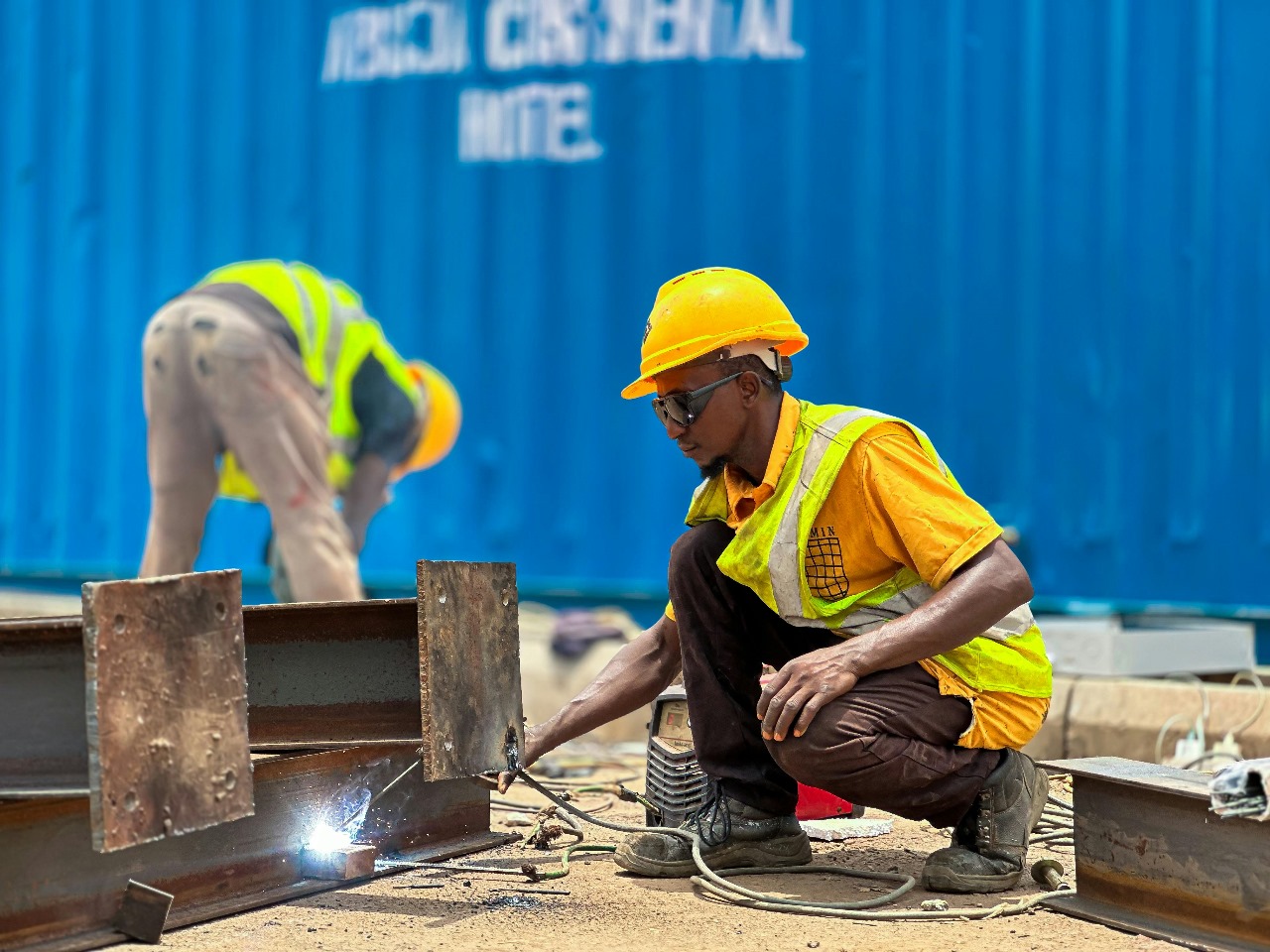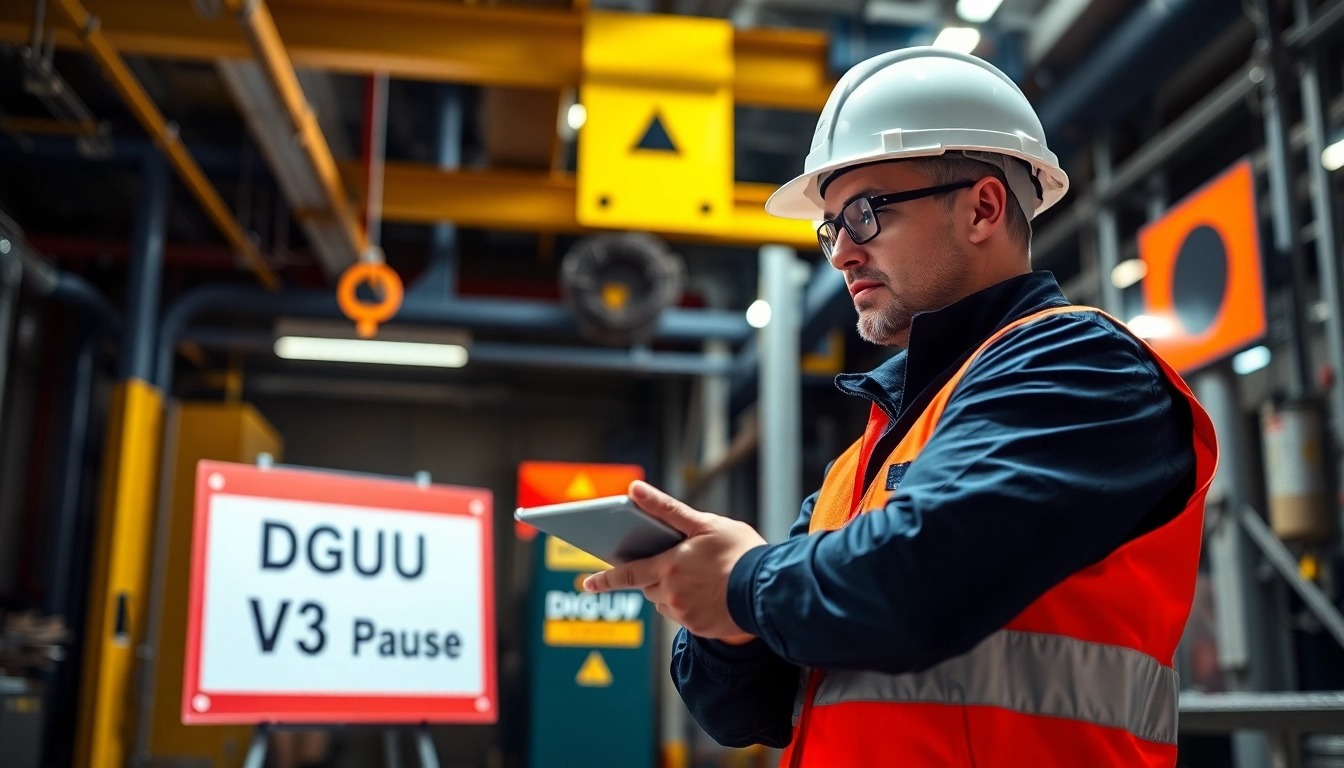Austin’s skyline is a unique tapestry where sleek modern buildings stand alongside historic landmarks, reflecting the city’s vibrant growth and deep-rooted heritage. The challenge facing the austin construction industry today is how to advance modernization without sacrificing the charm and cultural value of its historic structures.
Balancing new construction with historic preservation requires careful planning, innovative design, and community collaboration. This article explores how builders, developers, and city planners in Austin successfully integrate these dual priorities to create spaces that honor the past while embracing the future.
The Importance of Historic Preservation in Austin
Austin’s historic buildings are more than just old structures; they are tangible links to the city’s cultural identity and architectural legacy.
- Cultural Significance: Preserving historic sites maintains Austin’s unique character and supports tourism.
- Sustainability Benefits: Renovating existing buildings often has a lower environmental impact compared to demolition and new construction.
- Community Value: Historic districts foster community pride and contribute to neighborhood stability.
Preserving these landmarks protects the soul of Austin amid rapid urbanization.
Challenges in Balancing Modern Construction with Preservation
Integrating modern projects with historic buildings poses several challenges:
- Regulatory Hurdles: Strict preservation codes can limit alterations and require compliance with design guidelines.
- Structural Limitations: Older buildings may have outdated systems, requiring costly upgrades to meet today’s safety and efficiency standards.
- Design Compatibility: New construction must complement historic aesthetics without mimicking them, striking a balance between contrast and cohesion.
- Budget Constraints: Preservation and adaptive reuse can involve unexpected expenses and extended timelines.
Strategies for Successful Integration
Austin construction professionals employ a variety of strategies to harmonize modern needs with historic preservation goals.
Adaptive Reuse
Transforming historic buildings for new purposes is a sustainable way to maintain their relevance.
- Examples include converting old warehouses into office spaces, restaurants, or residential units.
- Adaptive reuse preserves architectural features while incorporating modern amenities.
Sensitive Architectural Design
Designers strive to ensure new additions respect historic context.
- Using materials and proportions that echo the original structures.
- Employing modern design elements that contrast yet complement the old.
- Preserving key façade elements and streetscapes to retain neighborhood character.
Collaboration with Preservation Authorities
Close coordination with local preservation commissions and city planners ensures compliance and community support.
- Early engagement helps identify potential issues and streamline approvals.
- Collaborative approaches foster innovative solutions that satisfy both preservationists and developers.
Incorporating Modern Building Technologies
Utilizing energy-efficient systems and sustainable materials enhances both old and new structures.
- Upgrading HVAC, lighting, and insulation improves comfort and reduces environmental impact.
- Modern fire safety and accessibility features ensure historic buildings meet current standards.
Case Studies in Austin
Several projects illustrate the successful balance of modern construction and historic preservation in Austin:
- The Seaholm District: A former power plant transformed into a mixed-use development blending industrial heritage with contemporary design.
- The Driskill Hotel Renovation: Restoring this iconic landmark while upgrading it to luxury standards.
- South Congress Adaptive Reuse: Revitalizing vintage buildings into trendy retail and dining spaces without losing their historic appeal.
These examples highlight how careful planning and design can achieve harmony between eras.
The Role of Associated Builders and Contractors
Associated Builders and Contractors support members involved in projects that require balancing modern construction with preservation by:
- Providing training on historic preservation standards and sustainable construction.
- Offering resources to navigate regulatory processes.
- Promoting best practices that ensure quality craftsmanship respectful of Austin’s heritage.
Conclusion
Balancing modern construction with historic preservation is a defining challenge—and opportunity—for Austin’s construction industry. By respecting the past while embracing innovation, Austin construction professionals contribute to a cityscape that honors its roots and supports its future growth.
For builders, developers, and stakeholders in Austin construction, integrating these approaches is essential for creating vibrant, livable, and culturally rich environments. With thoughtful planning, collaboration, and skill, Austin can continue to grow dynamically without losing the historic charm that makes it unique.
If you’re involved in Austin construction projects that require navigating this balance, aligning with knowledgeable partners like Associated Builders and Contractors can ensure your project succeeds on all fronts.




